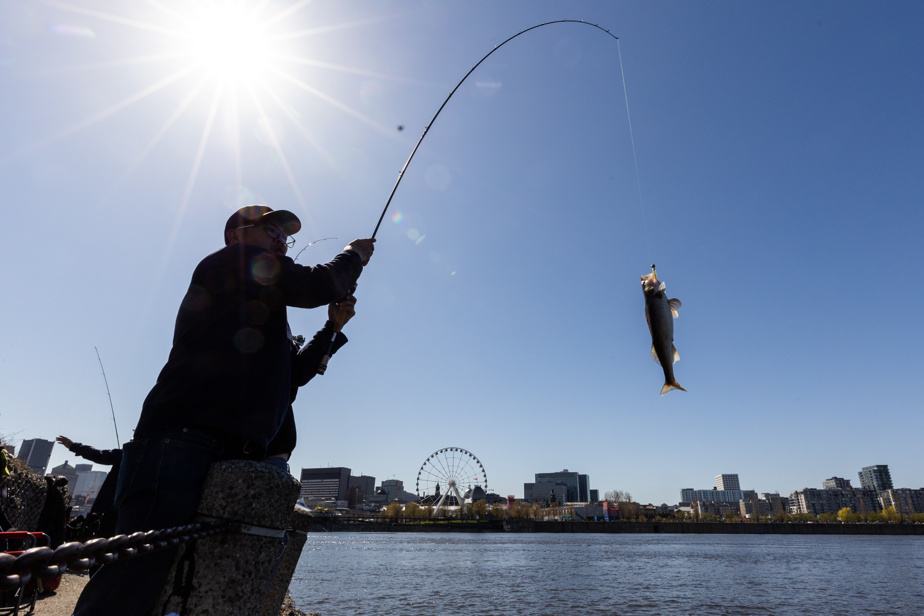Often, it all starts with perch, a pretty little fish, quite easy to find and not at all ugly in the pan.
“Most people start with yellow perch or sunfish, small fish that can easily be caught from the docks near the cottage,” says Jasmin Perreault, author of Fishing in Quebec, a fishing guide. initiation which has just been published by Broquet.
This is in fact a new edition of a work published in 2019, which had to be revised in particular to reflect certain regulatory changes.
Often, introductory guides begin with a history of the discipline, a presentation of the equipment and techniques, etc. Here, we start with perch. This is because Fishing in Quebec goes directly to the heart of the matter and is divided into chapters devoted to various fish, from perch to channel catfish, including brook trout (the famous speckled trout) and smallmouth bass.
Jasmin Perreault has chosen to organize her guide by fish in order to specify the necessary equipment and the most appropriate techniques for each.
“You can’t take the same fishing rod to catch pike, which can go up to 50 pounds, and yellow perch, whose records are around 4 pounds. You have to change the equipment, the wires, the lures. You have to adjust to have fun fishing and increase your chances of success. »
He chose the fish based on their accessibility. This includes in particular the question of costs.
“It’s the cost of the equipment, but it’s also the cost of getting to places where there should be fish,” says Mr. Perreault. For example, if I want to go muskellunge fishing, we’re talking about a big boat, fishing rods with lures worth $20 to $25 each. Not everyone is able to have access to this. »
There was no question of presenting fish that require a plane ride and a stay in a luxury fishing camp in northern Quebec.
Jasmin Perreault also took into account access to the territory.
He happened to be intercepted while leaving a river after having fished legally, with both feet in the water, without trespassing on anyone’s land. Neighbors still alerted the police.
“There are plenty of organizations that are aware of this, that campaign for fishermen, but there is not much that is moving,” he says.
According to him, access to bodies of water is one of the main problems affecting fishing in Quebec, along with climate change and pollution.
He explains that warmer winters, with less snow, can have the effect of reducing spring flooding.
“Some sites used by fish at the beginning of the season may be a little above the water, which forces these fish to find other places,” he says. There is also water that can become warm too quickly in the spring, which can cause problems for spawning. »
“Before we had wheat and things like that, now we have soy. However, soya does not act in the same way on the banks, it retains them less, it retains fewer pesticides. »
The question of succession also concerns the small world of fishing.
“Most wildlife activities, hunting, fishing, trapping, have been declining in recent years,” says Mr. Perreault. There are around 700,000 fishermen who buy fishing licenses in Quebec per year, that has already been a million. On the other hand, there are many activities and organizations that take care of the next generation. We must encourage this because proximity to nature is important. »
The participation of newcomers could be one way to counter this decline.
“When we share a passion, it makes communication between people easier, even if we don’t know the language,” he says. I have seen it on the banks of waterways for several years. People help each other, talk to each other with signs, they are happy when someone catches something. Nature, fishing, it’s a great way to unite people. »




